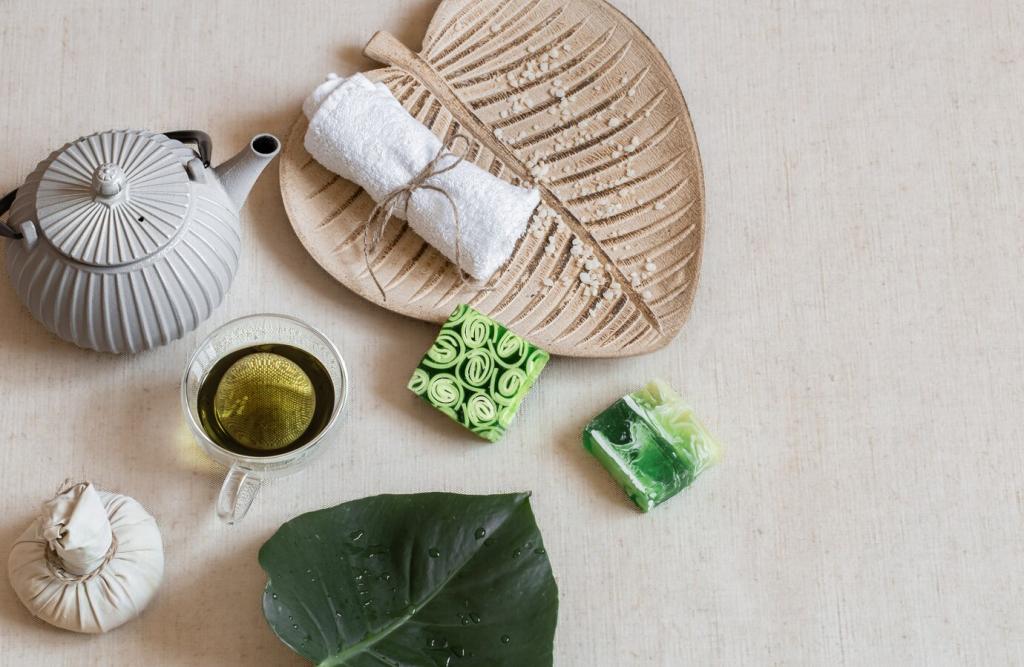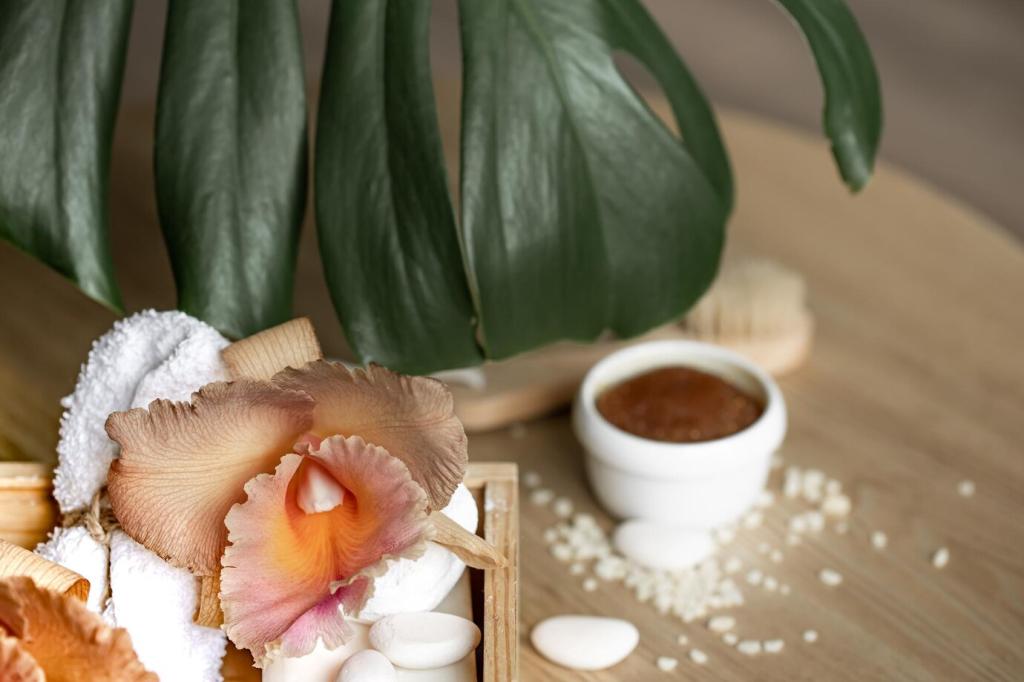Breath, Posture, Presence: A Daily Flow for Mood
Begin with three minutes of box breathing, slow Cat–Cow, and a gentle Warrior II. Notice feet rooting, gaze softening, and shoulders easing. Bookmark this practice and share how your morning energy shifts after a week of consistent, compassionate repetition.
Breath, Posture, Presence: A Daily Flow for Mood
Try seated neck rolls, wrist circles, and a chair-supported Forward Fold with long exhalations. Two minutes can dissolve tension and mental noise. Comment with your favorite quick posture, and help someone else discover an accessible, mood-brightening reset.






